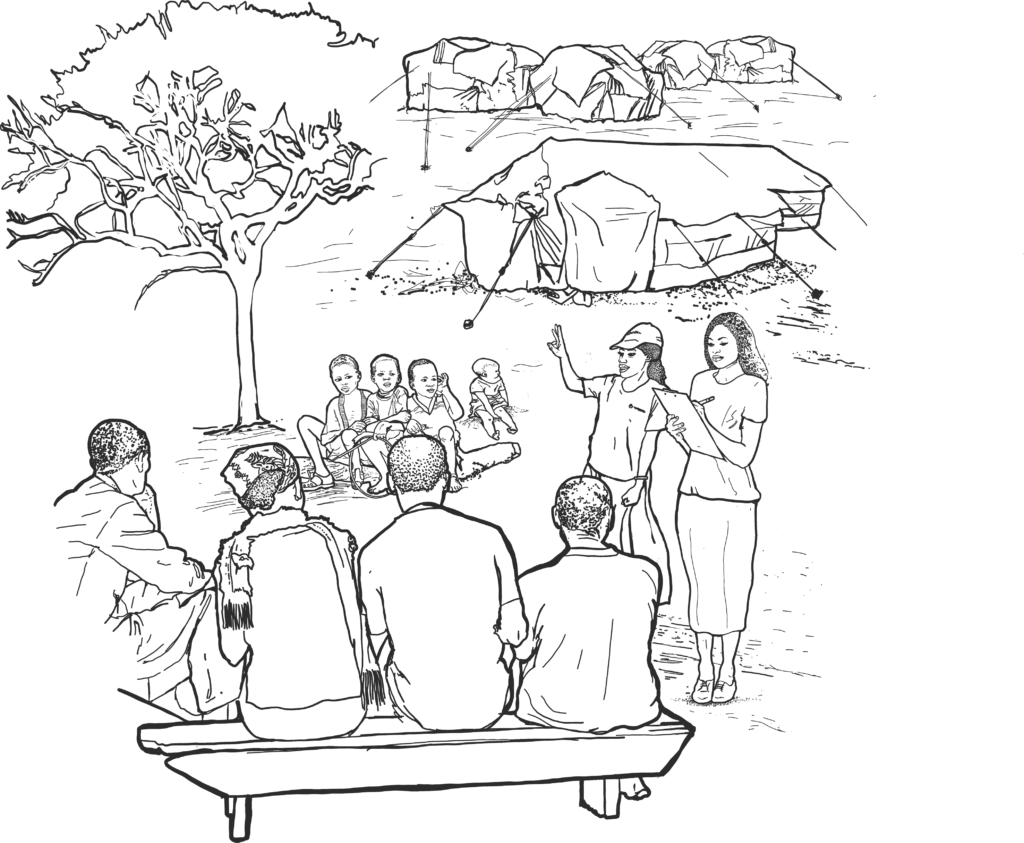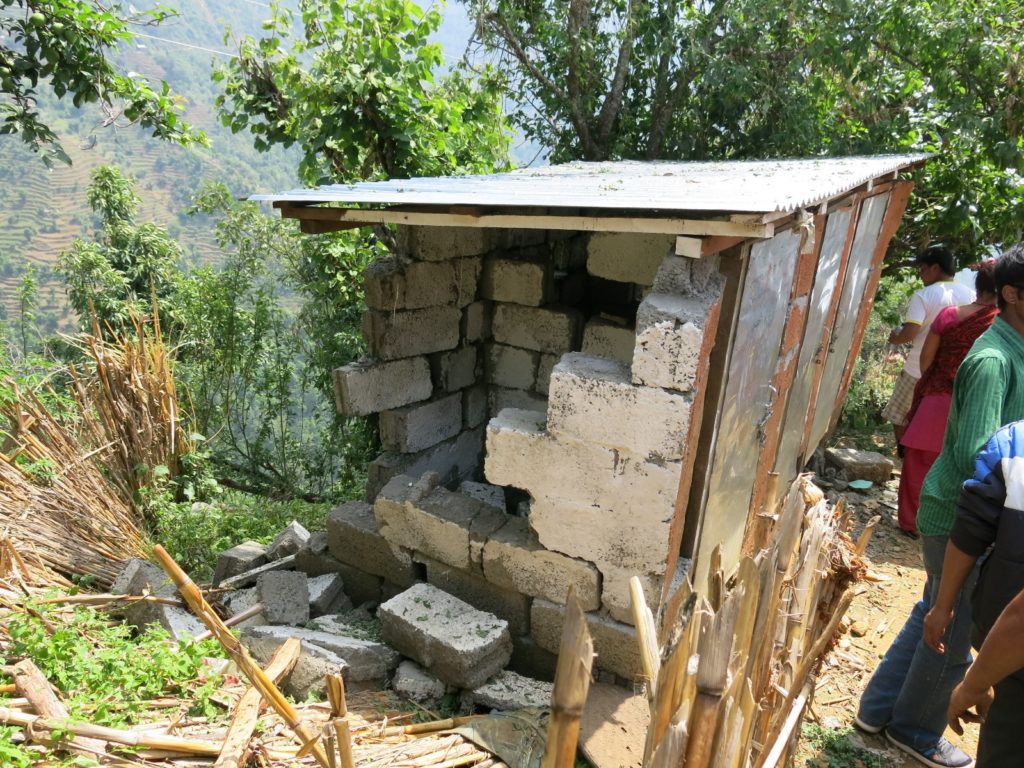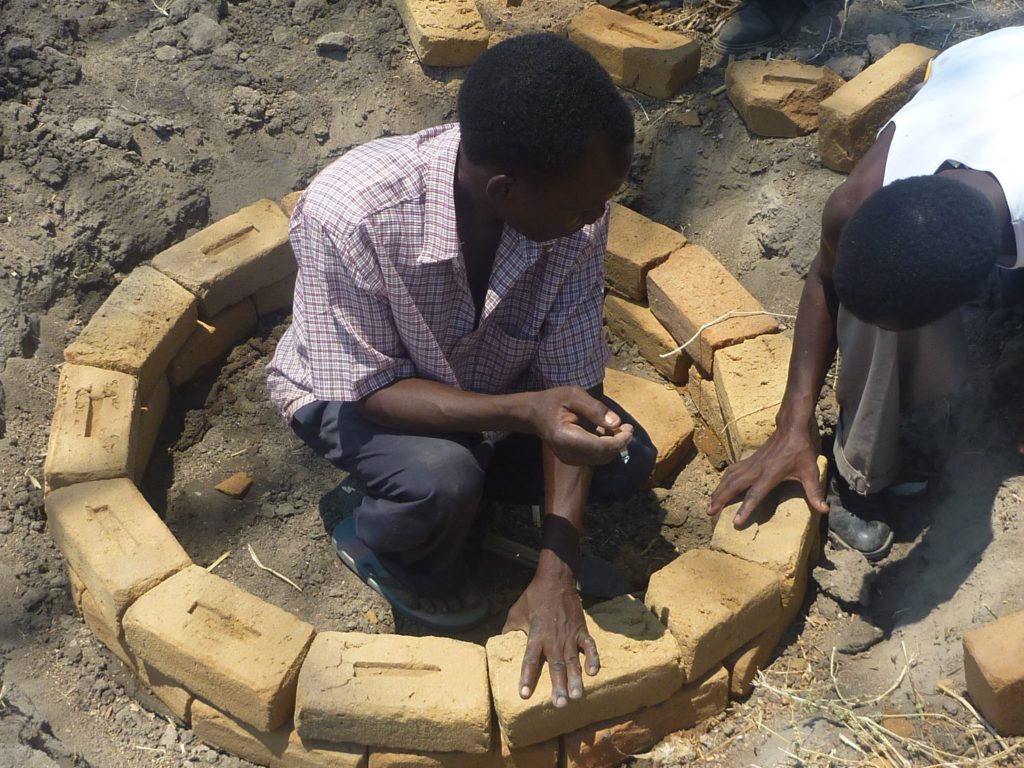There are populations for whom traditional sanitation and hygiene programming is failing. These groups are often referred to as the ‘hardest to reach’ or those in ‘difficult contexts’. As well as facing extreme poverty, people in these contexts usually experience one or more of the following:
–Poverty and social marginalisation: particular individuals, households or whole communities who are excluded – consciously and unconsciously. This could be due to gender, age, caste, class, sexuality, disability, ethnicity, religion or other factors.
–Entrenched attitudes and social norms: these can limit or prevent toilet use and handwashing practices for individuals or groups.
–Lifestyle/livelihoods: coverage and use are challenging where people move around. This includes communities where temporary workers and seasonal migrants go to and come from, as well as nomadic/semi-nomadic communities.
–Tough physical environments: people in areas with difficult terrains, facing environmental change, or far from resources such as clean water or sustainable building materials.
–Fragile contexts: insecurity and conflict can reduce accessibility for programme staff and lead to destruction of property (including toilets).
Displaced people and fluctuating populations can also be challenging, while post-emergency interventions can undermine each other when uncoordinated and weak or unstable government makes sustainability difficult.
There has been some success in improving access for people in challenging contexts but doing this at scale remains a huge hurdle. Further research is needed to unpack what we mean by ‘hardest to reach’ or those in ‘difficult contexts’ – identifying who they are, the numbers of people that are involved and ways forward.
We have been working on practitioner voices stories on challenging contexts, starting with a series on tough physical environments, followed by stories on lifestyles and livelihoods.
Find out about SLH’s work on challenging contexts hoping to address some of these challenges









